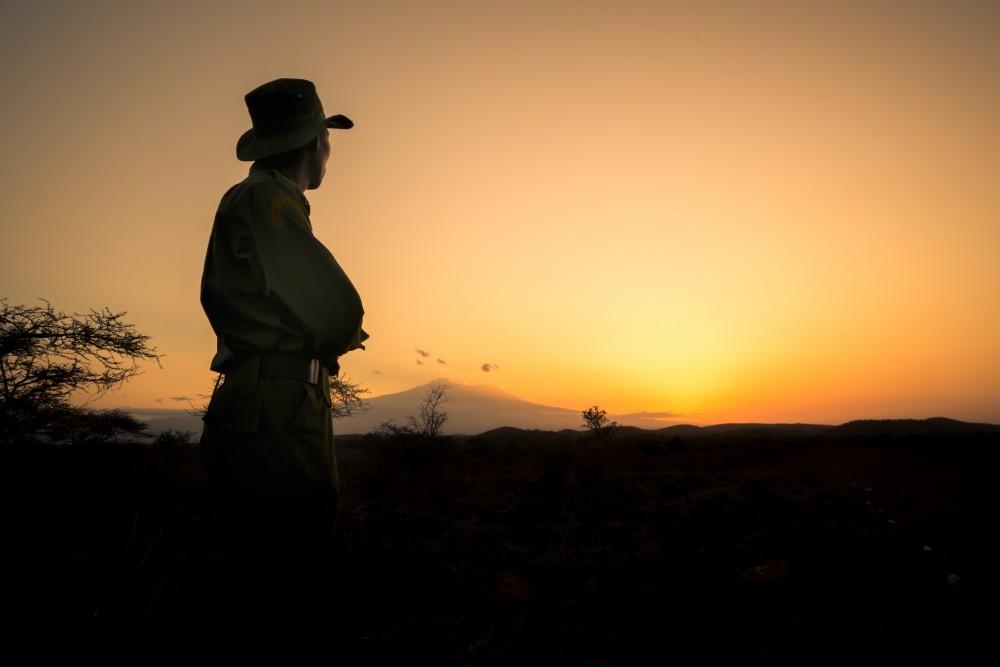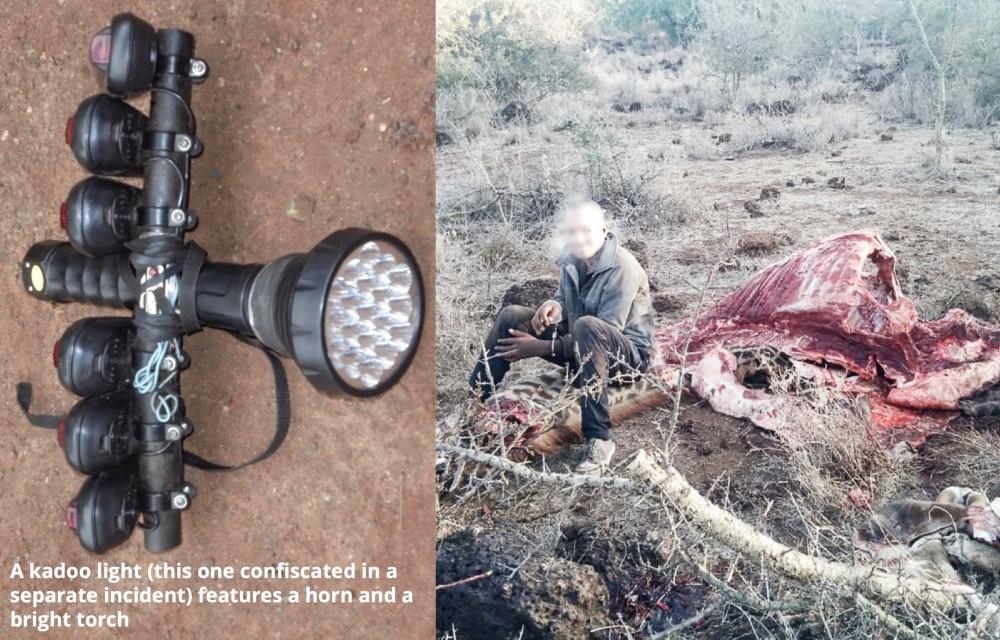
2018 feels like the year when we finally started to see the fruits of labors that were started nearly ten years ago, or longer.
Big Life’s broad range of programs have coalesced into three distinct categories: wildlife, habitat, and community. The core components of each are outlined in this report, and I’m proud of the work our team has put into these programs. It is always an interesting exercise to review the numbers and put the blood, sweat, and tears of our field staff into perspective.
On the wildlife side, there are many highlights, starting with the discovery that one of our Eastern black rhinos had given birth to a healthy calf, bringing the number for this unique, wild population up to eight. I’ve lived in the Chyulus for nearly 30 years now, and to see a mother rhino feel safe enough to bring her calf down out of the dense lava and into the open is truly cause for celebration.
Lion numbers are also up, and these days, it feels like we’re practically tripping over cubs. For the second year running, no lions were killed this year in violation of our Predator Compensation Fund, proof that humans and apex predators can coexist.
Our work to mitigate human-wildlife conflict is also working, and although it’s an uphill battle, it is one we will continue to fight. In the areas where we’ve built electric fencing, a project started over two years ago now, we’ve seen about a 90% reduction in crop-raiding by elephants. And the local farmers agree that the fence is working, which is just as important as the fence itself.
Of course, without habitat, there would be no place for these animals to go. We’ve secured the Kimana Corridor, which helps to funnel animals between the marshy swamps of Amboseli National Park, and into Kimana Sanctuary and beyond. Animals of all kinds are using the corridor daily and seem to have adapted to the narrowest pinch-point, just 250 feet wide. Kimana Sanctuary itself continues to be a diamond in the rough that we’re slowly polishing. Thanks to our partners, including Sheldrick Wildlife Trust, we’re already seeing some tourism revenue in this special place that is a refuge for some of the ecosystem’s biggest tuskers, like Tim.
The third leg of this stool is as important as the other two, and that’s the people who live here, our community. We continue to invest in the community generally through land leases and conservation programs, as well as by employing rangers and administrative staff from the local community. We’re also continuing to provide education and healthcare benefits to those with whom we share this special place, and will expand these services as we can in the coming years.
We’ve got big goals for 2019—including continuing to expand north into Eselengei Group Ranch, improving wildlife security across the border in northern Tanzania, securing more habitat for wildlife, continuing to grow our intelligence network—and we couldn’t do any of it without your support.
Thank you, as always.
Richard Bonham
Co-founder & Director of Operations
Read the full 2018 Annual Report
[Photo credit: Clifford Pickett]




